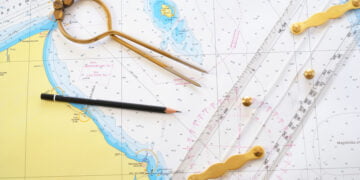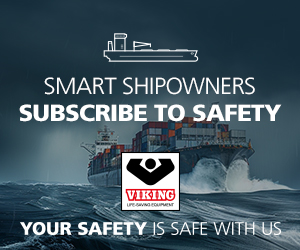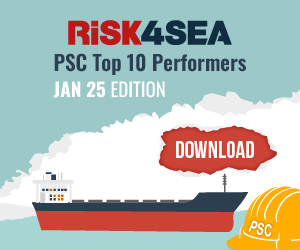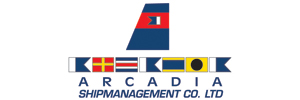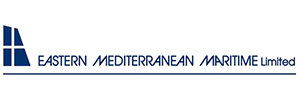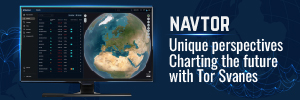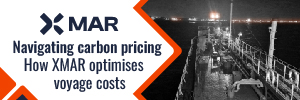RISK4SEA is pleased to unveil the inaugural issue of the Top 40 Most Challenging Ports, providing crucial insights into Port State Control (PSC) performance across four key fleet segments: Bulkers, Tankers, Containers, and General Cargo.
The January 2025 edition of this comprehensive list identifies the most challenging ports worldwide, categorized by fleet segment and size, based on PSC data from the last 36 months. This initiative follows the successful release of the PSC Top 10 Performers and PSC Resilient 50 lists last month, further advancing RISK4SEA’s mission to enhance transparency and efficiency in maritime safety and compliance.
At RISK4SEA, we provide actionable PSC intelligence to illuminate Port State Control (PSC) performance and support the journey toward sustainable shipping. With a focus on real-world data, we are excited to introduce this initiative, helping industry stakeholders navigate port-related challenges with data-driven decision-making.
…said Apo Belokas, Founder & CEO of RISK4SEA.
Key insights & methodology
The Top 40 Most Challenging Ports list is derived from a robust PSC Benchmarking Methodology, which defines a port as “challenging” based on its performance in:
- Deficiency Per Inspection (DPI) – The average number of deficiencies per inspection.
- Detention Rate (DER) – The percentage of detained ships per 100 inspections.
- Detainable Deficiency Areas – The number of areas where detainable deficiencies have been recorded.
Data collection & analysis
RISK4SEA leverages a team of analysts, third-party vendors, and experts to collect, evaluate, and validate PSC data. The PSC performance metrics are assigned to ports, countries, ship managers, classification societies, and flags at the time of inspection. Ports with a minimum of 30 PSC inspections within the past 36 months per ship segment were included in the ranking, ensuring a comprehensive and reliable dataset.
The following countries have been excluded from the analysis due to data availability and regulatory restrictions: Angola, Bahrain, Brunei, Costa Rica, French Polynesia, Iraq, Kuwait, Nicaragua, North Korea, Pakistan, Qatar, Russian ports banned by Paris MoU, Saudi Arabia, Somalia, Taiwan, and UAE.
Comprehensive port data insights
For each port listed, RISK4SEA provides detailed segment-specific insights, including:
- Number of PSC Inspections
- Number of Deficiencies Recorded
- Number of Detentions
- The Number of Deficiency Areas required to reach 80% of the Total deficiency Findings in a Port Deficiency Profile
- The Number of Deficiency Areas required to reach 100% of the Total deficiency Findings in a Port Deficiency Profile
- Number of UNIQUE Detainable Deficiency Areas in a given Port, The higher the number the more challenging the port
- Number of COMMON Detainable Deficiency Areas between the port and the Global Top20 for All Ships, to identify commonalities
- The % of the Common Detainable Deficiency Areas vs the unique of the port, again to identify the challenge level
- Deficiency Per Inspection (DPI) (#DEF/#PSCIs)
- Detention Rate (DER), in % (#DET/100 PSCIs)
Each port’s overall SCORE is determined by deviations from the benchmarked fleet segment values for DPI, DER, and detainable deficiency areas.
The list also includes the top 20 detainable deficiencies. As Apo Belokas further emphasized, the aim is to help the industry understand port-specific risks and dispel the myth that MoU regions or general regulations apply uniformly to all ports. ‘‘Our research clearly shows that local PSC practices often override international rules, making port-specific intelligence crucial for compliance and risk management.”, he said.
RISK4SEA is a leading maritime intelligence platform providing cutting-edge analytics and insights on Port State Control (PSC) performance. By leveraging data-driven methodologies, RISK4SEA empowers ship operators, port authorities, and maritime stakeholders with actionable intelligence to enhance compliance, safety, and operational efficiency.
Access the full report
For further details and to access the full Top 40 Most Challenging Ports list, visit RISK4SEA’s website.

































